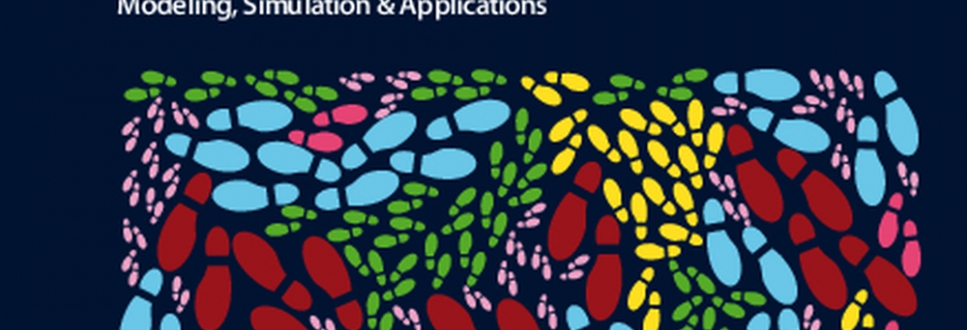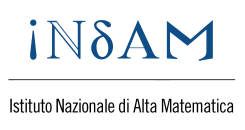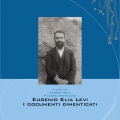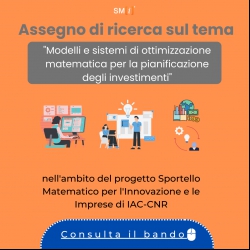
Immune System Modelling and Simulation
The book describes a computational model of the immune system reaction, C-ImmSim, built along the lines of the computer model known as the Celada-Seiden model (CS-model). The computational counterpart of the CS-model is called IMMSIM which stands for IMMune system SIMulator. IMMSIM was written in 1992 by the physicist Phil E. Seiden and the immunologist Franco Celada. This model was built around the idea of developing a computerized system to perform experiments similar in vivo experiments; a tool developed to help biologists testing theories and hypothesis about how the immune system works.
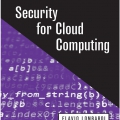
Security for Cloud Computing
This comprehensive resource presents a highly informative overview of cloud computing security issues. This book focuses on relevant approaches aimed at monitoring and protecting computation and data hosted on heterogeneous computing resources. The most critical security aspects are thoroughly discussed, highlighting the importance of reliable secure computation over remote heterogeneous cloud nodes. This book shows that present cloud computing is inherently insecure therefore advanced execution models have to be developed to prevent unauthorized users from accessing or affecting others’ data and computation.
The cloud approach enables on-demand scalable services that allow performing large computations without the costs and maintenance/management issues of costly server farms (thus enabling a novel kind of outsourced computing). Essential reading for software and computer engineers as well as data architects and IT professionals to better understand the complexity and heterogeneity of modern cloud- based scenarios.
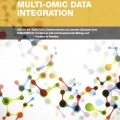
Multi-omic Data Integration
Stable, predictive biomarkers and interpretable disease signatures are seen as a significant step towards personalized medicine. In this perspective, integration of multi-omic data coming from genomics, transcriptomics, glycomics, proteomics, metabolomics is a powerful strategy to reconstruct and analyse complex multi-dimensional interactions, enabling deeper mechanistic and medical insight.
At the same time, there is a rising concern that much of such different omic data –although often publicly and freely available- lie in databases and repositories underutilised or not used at all. Issues coming from lack of standardisation and shared biological identities are also well-known.
From these considerations, a novel, pressing request arises from the life sciences to design methodologies and approaches that allow for these data to be interpreted as a whole, i.e. as intertwined molecular signatures containing genes, proteins, mRNAs and miRNAs, able to capture inter-layers connections and complexity.
This book collects papers discussing data integration approaches and methods of several types and extents, their application in understanding the pathogenesis of specific diseases or in identifying candidate biomarkers to exploit the full benefit of multi-omic datasets and their intrinsic information content.
- Page 3 di 13 -
next->





